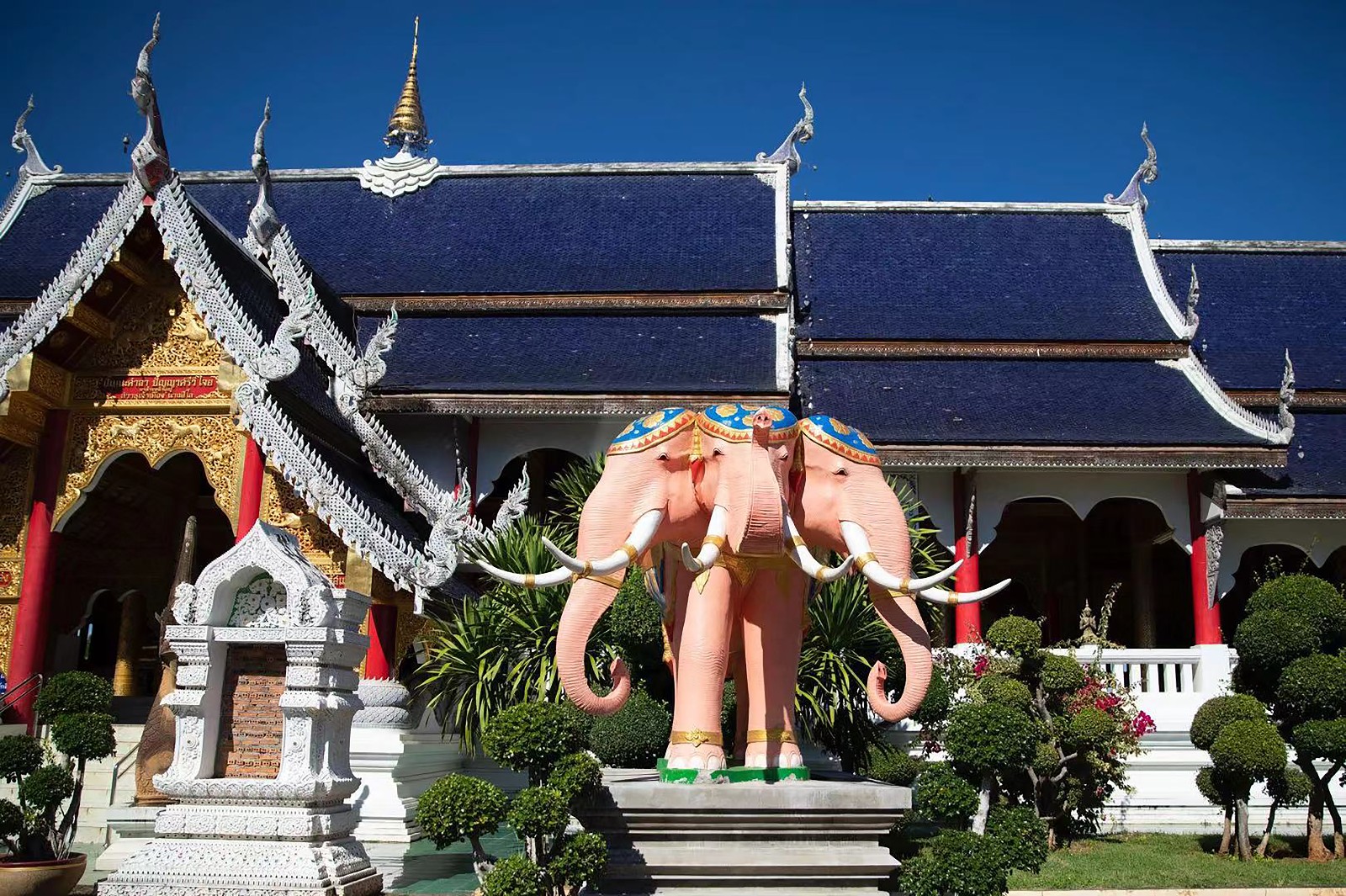Vientiane, the capital city of Lao People's Democratic Republic, is the political, economic and cultural center and the largest city of the country. The city, formerly known as Wendan and Yongtian, originally means the “City of Shan Nationality”, and became the Lao capital in the reign of King Setthathirath who relocated the capital of Lan Xang Kingdom in 1563. After Lan Xang Kingdom fell apart, Vientiane became the capital of Vientiane Kingdomwith , but was later razed to the ground when the Kingdom was obliterated by Siam in 1827. In 1899, Vientiane was rebuilt by the French colonists and further designated as the official capital of the French protectorate of Laos.
It is said that Vientiane (meaning city of sandalwood) used to grow many precious sandalwood, hence its name. The city has also had other names, such as “Viangchan”: “Viang” means city and “chan” means temple, collectively the “city of temples”, and “city of the moon”, because Vientiane in ancient times was a semi-circular city, with buildings being most white or yellow and surrounded by green bamboo forests, resembling a crescent seen from afar.







